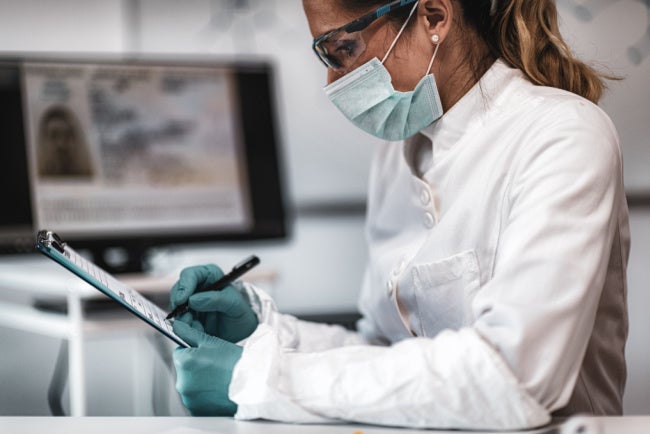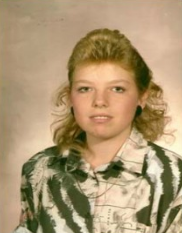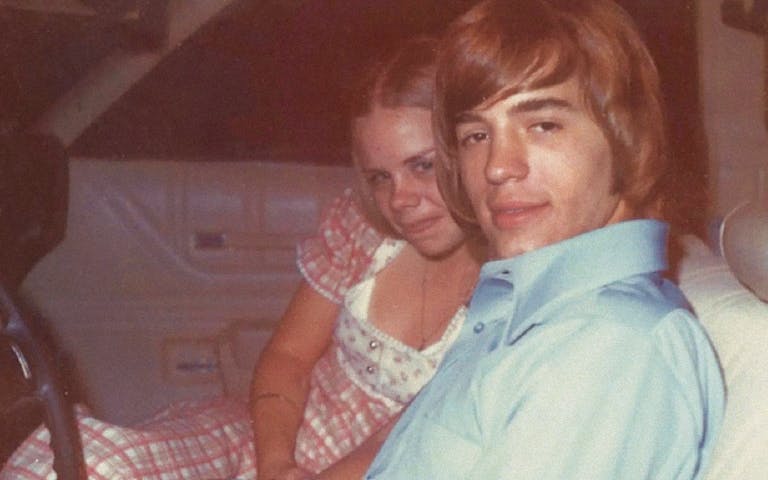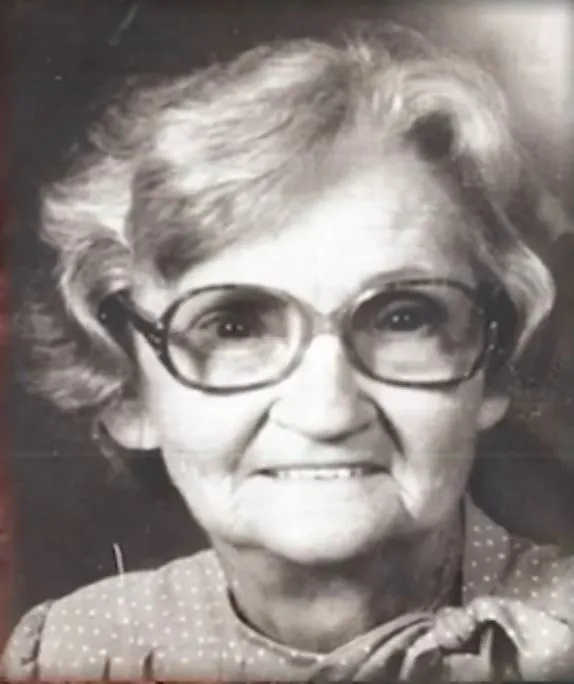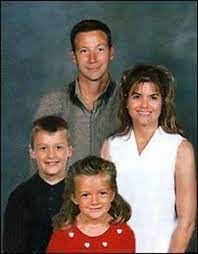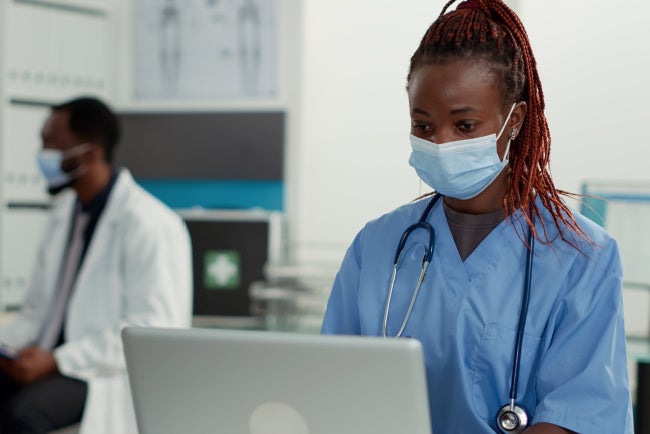Forensic Nursing Jobs Explained Through Famous Forensic Cases
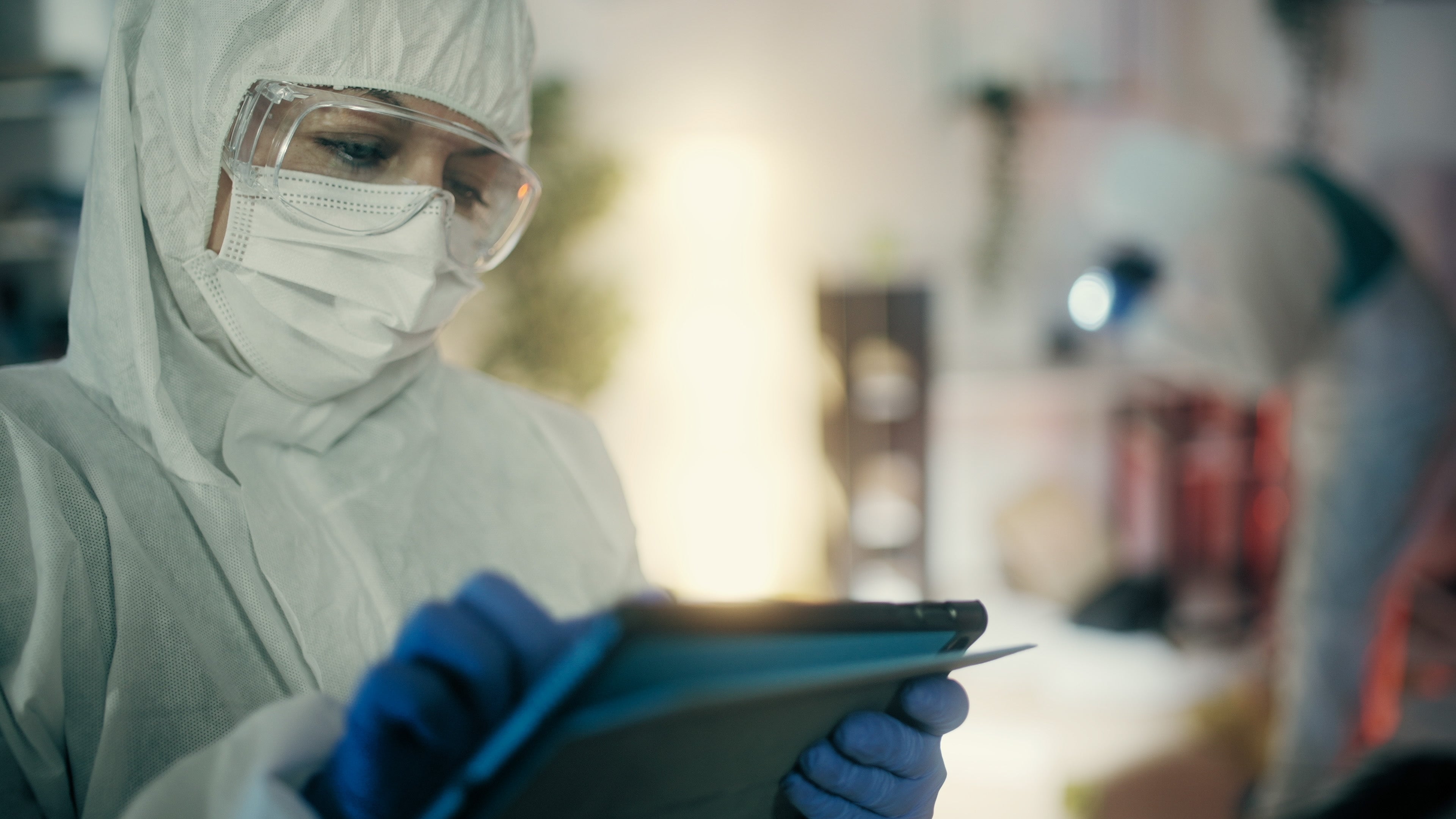
Forensic nursing jobs bridge nursing expertise with criminology to assist patients and law enforcement professionals, as well as bring criminals to justice. These nurses are experts in best practices for evidence collection and are trained to provide specialized care to people who have experienced violence.
They are equipped with sensitivity training to support survivors and family members of those who have experienced physical harm and mental harm. The work of forensic nurses can also be crucial in solving cold cases, providing health care to incarcerated individuals, overturning wrongful convictions and helping bring closure to survivors of challenging circumstances.
In 2014, a systematic review of the medical literature found that after a sexual assault, treatment from forensic nurses had better outcomes than treatment from doctors. The review showed that assault survivors who received better medical care were more likely to have a forensic examination and have it documented. They were also more likely to receive care that addressed sexually transmitted infections and pregnancy prevention.
More sexual assault forensic examinations were admissible in court hearings when forensic nurses processed the evidence, the review also found.
Forensic nursing job responsibilities can include:
- Conducting comprehensive forensic examinations for survivors and the deceased
- Interacting with survivors, witnesses and the accused
- Acting as an expert witness and presenting evidence at criminal and civil trial proceedings
- Preserving evidence for use in lab and DNA testing
- Providing trauma-informed care for survivors of violent crime and their family members
A SANE Nurse (Sexual Assault Nurse Examiner) has additional training on treating and advocating for sexual assault survivors. SANE nurses provide care through a standardized process that includes examination, assessment, planning, implementation, testing and treatment. Due to the sensitive nature of their work, SANE nurses may aid as advocates and supporters for survivors and provide expert medical testimony in court if legal professionals ask them to do so.
Job responsibilities can include:
- Assessing and providing care for adults and children who have experienced unwanted sexual contact
- Working as part of a team (along with survivor advocates and law enforcement) to coordinate care and justice for survivors of a sexual assault
- Offering education, testing and treatment for sexually transmitted diseases after a sexual assault has taken place
SANE nurses are known for their empathy, compassion and trauma-informed approach to the survivors in need of their care. They often must ask difficult questions and they are prepared to handle sensitive, confidential information with discretion and grace.
The Future of Forensic Nursing, DNA Testing and Cold Cases
Advancements in DNA analysis, as well as advancements in DNA technology and the advent of the Combined DNA Index System (CODIS) database, have changed the way detectives and forensic professionals approach cold cases. DNA from cases that are decades old can be used to identify perpetrators, make arrests and convict criminals.
However, if DNA isn’t properly collected, stored and preserved according to legal best practices, it can’t be admissible in a criminal case, and offenders could go free. In many instances, forensic nurses do the crucial work of forensic exams and preserving the chain of custody. Sometimes they are called to court to serve as expert witnesses, giving testimony that illustrates the crime scene and using their medical expertise to help the jury understand the facts of a case.
Nurses are not generally given any forensic training during their basic nursing education. One study concluded that 80% of nurses don’t know there are medical-legal protocols that should be observed for evidence collection in certain cases. Forensic nurses differ because they receive highly specialized training that combines knowledge of the legal system with medical expertise.
Let’s take a look at some examples of cases that illustrate the forensic nursing job description.
Image taken from: Kansas City Police Department
Case study #1: Fawn Marie Cox
Fawn Marie Cox was a 16-year-old living in Kansas City with her parents in the summer of 1989. She typically shared her second-floor bedroom with her younger sisters, but on the night of July 26, it was especially hot in the room, and she slept alone.
On the morning of July 27, Fawn was found unresponsive in her bed. She had been attacked and sexually assaulted during the night and died from strangulation.
In the decades afterward, multiple suspects were suspected of Fawn’s murder, but DNA evidence failed to definitively link anyone to the crime.
Around 2019, newer advances in genealogical testing paved the way to solve the case. A forensic profile was created from the DNA evidence left behind by Fawn’s attacker at the time of the crime. The profile was then cross-referenced against existing DNA databases. In this scenario, this process narrowed the list of suspects down to one member of the family. The testing proved that Fawn was attacked and killed by her cousin, who died in 2006 from a drug overdose.
Because this cousin’s death was originally considered suspicious, the medical examiner stored a sample of his DNA, which was eventually uploaded into a database. Cross-referencing the forensic profile of Fawn’s attacker against this database identified Fawn’s assailant, and her family finally got the answer they had been waiting for.
What would a forensic nurse do?
In this case, a forensic nurse could be involved in the original evidence collection from a trauma death, like Fawn’s, as well as the evidence collection and preservation from the suspects. Forensic nurses frequently work in medical examiner’s offices, where they collect evidence from deaths that are deemed suspicious and preserve the chain of custody. A forensic nurse’s role in this case would be to:
Step 1: Collect DNA evidence from Fawn’s body. This could include DNA from Fawn’s clothing as well as DNA from saliva, blood or other bodily fluids. A forensic nurse might also analyze the crime scene, assess injuries to understand the cause of death and collect DNA from around her room.
Step 2: Ensure that the DNA evidence from Fawn’s room is not contaminated while it is transported to another location, like a medical examiner’s office, documenting the chain of custody (who had the evidence and when).
Step 3: Label and store DNA evidence and any other collected evidence such as clothing. DNA evidence must be stored dry or frozen.
Case study #2: Carla Jane Walker
Image taken from: Texas Monthly
Carla Jane Walker was a high school senior in 1974 when she attended a school dance in her hometown of Fort Worth, Texas. After the dance, she and her boyfriend hung out with some friends before parking at a bowling alley.
A man in the parking lot attacked both teens and forcibly abducted Carla from her boyfriend’s car. The assailant pistol-whipped her boyfriend, knocking him out. When he came to, he drove to Carla’s house for help, where her family contacted authorities and a desperate search began. Carla’s body was found in a drainpipe under the road several days later. She had been sexually assaulted and strangled.
Advances in genealogical testing gave detectives hope that the person who killed her could finally be identified. DNA samples were taken from Carla’s clothes, which had been carefully packed and stored away for 46 years. A small list of suspects was revisited by police, and they were asked to submit swabs of DNA. In 2022, this effort paid off when a retired truck driver living a few blocks from Carla’s family was a genealogical match; he will now spend the rest of his life in jail.
What would a forensic nurse do?
Evidence preservation was critical to solving Carla’s cold case. In this instance, the careful packaging and storage of Carla’s clothing enabled detectives to get the DNA sample they needed four decades after the crime was committed. The job of the forensic nurse is often to identify key evidence and make sure it remains untainted.
Step 1: Analyze and observe Carla’s injuries, taking photos and swab samples to collect DNA evidence.
Step 2: Document the chain of custody of any collected evidence.
Step 3: Carefully label samples for storage in a dry facility; submit DNA samples for analysis.
Case study #3: Mildred Matheny
Image taken from: Palm Beach Post
Mildred Matheny was a recently widowed 78-year-old woman who was exhibiting early signs of dementia. After the death of her husband, she moved in with her sister in Boynton Beach, Florida. The retired nurse went for an afternoon walk on April 27, 1985, but she never returned home. After several hours had passed, Mildred was found 30 miles away. She had been assaulted and critically injured.
Mildred was taken to the hospital, where she received a full forensic examination before she died. Some witnesses said they had seen Mildred in a car with a young man before she disappeared, but that person could not be identified. The case went cold for 36 years.
In 2006, a man was taken into custody for possessing an illegal firearm. His DNA sample was uploaded into the state’s database of felony offenders. In 2021, criminologists matched that sample with the one taken from Mildred during her forensic exam. The Palm Beach sheriff’s office arrested the man, and in 2023 he was sentenced to life in prison.
What would a forensic nurse do?
When Mildred arrived at the hospital, she needed acute care for her serious injuries. She also needed a knowledgeable medical professional who had legal expertise. By performing the exam properly, keeping the evidence free from contamination and preserving the chain of custody, the sample collected from Mildred was still admissible as evidence 26 years later. The forensic exam performed at the hospital eventually put Mildred’s assailant behind bars.
Step 1: Attend to Mildred’s injuries, communicate with family members about her health and offer comfort when possible.
Step 2: Once Mildred is stabilized, conduct a full forensic exam on Mildred’s injuries. Collect DNA evidence from Mildred’s clothing and body and note the nature of her injuries.
Step 3: Document the chain of custody for any collected evidence and properly store it according to best practices.
Step 4: Serve as an expert witness for the prosecution at the trial against Mildred’s killer, presenting findings from the forensic exam and offering a medical opinion on how she died.
Case study #4: Amanda Knox
Image taken from: Vox
Amanda Knox was an American college student living in Italy as part of an exchange program. In November 2007, Amanda’s roommate, a British student named Meredith Kercher, was found dead in her bedroom in their apartment. Amanda was interviewed by the police and taken into custody. At the time, it was claimed that DNA evidence pointed to Amanda and her boyfriend, Raffaele Sollecito, as primary suspects. However, the Italian police were not following anti-contamination procedures or best practices for evidence preservation.
Sollecito, Knox and another man, Rudy Guede, were convicted of Meredith’s murder. DNA evidence from Sollecito and Guede was found on Meredith's clothing at the time of her death. No DNA evidence from Amanda was ever recovered from the crime scene, but the prosecution argued that Amanda had simply removed all traces of her DNA. Amanda spent four years in prison for the crime before additional DNA evidence implicating Guede was discovered. Her conviction was then overturned.
What would a forensic nurse do?
In the case of Amanda Knox, DNA evidence was used to obtain a wrongful conviction and also to overturn that conviction later on. Evidence preservation proved essential to eventually proving Amanda’s innocence. The Italian courts ruled that there were stunning flaws in the original investigation. Had the crime scene been investigated properly, a forensic nurse’s job might have been this:
Step 1: Examine Meredith’s body when she was found.
Step 2: Collect DNA samples from Meredith’s body as well as from her clothes and her bedroom.
Step 3: Store samples and make sure they remain uncontaminated by other law enforcement officials.
Step 4: Serve as an expert witness at trial to explain the evidence collection process.
Case study #5: David Camm
Image taken from: Investigating Innocence
David Camm was a state trooper living in Georgetown, Indiana. On September 28, 2000, David returned home from a church basketball game and discovered that his wife and two young children had been murdered in his garage. David was quickly identified as a primary suspect. After extended legal proceedings that included two trials, he was convicted. David Camm ended up serving 13 years of a life sentence before his conviction was overturned.
DNA was the deciding factor in establishing David’s innocence. At his third trial, new DNA evidence was presented by a forensics expert. This new evidence was DNA from another suspect who had already confessed to being at the crime scene. Since this DNA was located on the actual clothing of the victims, it suggested that this suspect had played a more active role in the crime than he had previously admitted. That suspect was eventually convicted of killing David’s family, and David was fully exonerated.
What would a forensic nurse do?
A forensic nurse’s job in a case like David Camm’s could be twofold: crime scene analyst and, later, expert witness.
Step 1: Collect DNA samples from David’s wife and children, as well as from the car where they were found and the surrounding garage area, preserving that evidence for future analysis and documenting the chain of custody of any evidence taken from the scene.
Step 2: Preserve the DNA through dry or freezing methods, labeling it carefully.
Step 3: Testify as an expert witness, describing the DNA collection process and presenting the jury with relevant information related to the victims’ post-mortem exams.
How to Become a Forensic Nurse
Forensic nurses receive specialized training that may include coursework on preparing expert witness presentations, best practices in evidence collection, foundational criminology courses and more. Forensic nurses are impartial professionals who advocate for justice while caring deeply for what their patients and families have been through.
The educational pathway to becoming a forensic nurse can vary from person to person. As a general guideline, those interested in pursuing forensic nursing professionally follow these steps:
- Obtain an ADN or BSN degree from an accredited nursing program
- Become licensed as an RN or APRN
- Complete specialized coursework in forensic nursing and/or earn an MSN in Forensic Nursing
- Gain experience in the field by completing clinical hours that offer hands-on forensic experience
You can acquire the skills you need to work as a forensic nurse part-time and in two years through Cleveland State University’s online Master of Science in Nursing Forensic Nursing program. Our program combines nursing skills with forensic science to expand your role and ability to promote recovery, health and justice for survivors. Coursework is offered 100% online asynchronously so that you can make it work with your schedule, and there are no on-campus requirements.
The online MSN in Forensic Nursing is open to students with an active RN license who have earned a BSN. You’ll learn forensic methodologies and evidence-based practice while gaining 500 hours of hands-on experience in your community.


